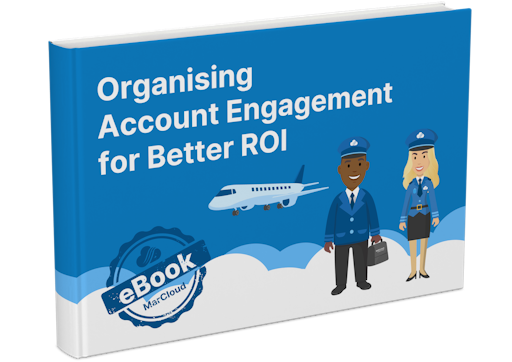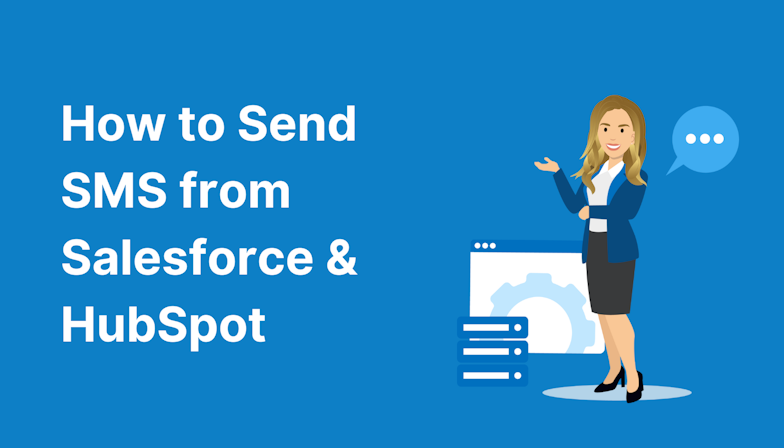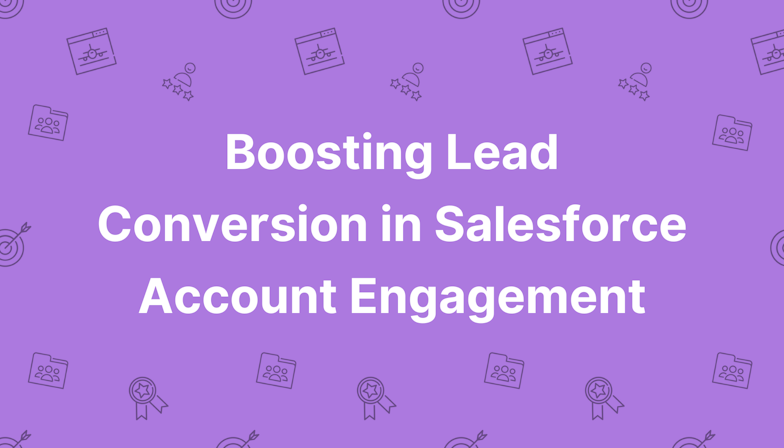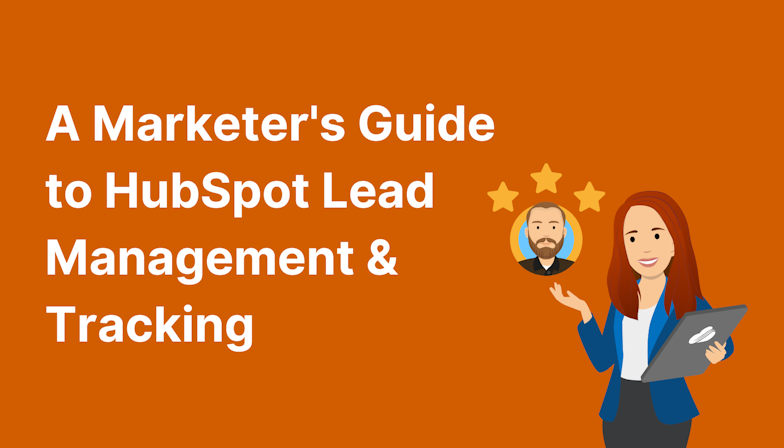Phase one: Implementation & integration
This phase is all about laying the technical foundations for a seamlessly integrated and data-fuelled marketing engine. It applies to all Salesforce cloud products i.e. Marketing Cloud, Sales Cloud, Data Cloud, and so on.
By the end of this phase, you will have:
Established a technical foundation for the marketing platform.
Ensured alignment between tech stack and marketing strategy.
Verified that all systems communicate effectively to avoid data silos.
Maintained GDPR compliance and ensured a single source of truth for data.
These foundations set your account up for success.
Phase two: Insights & data readiness
Here, we’re focused on turning behavioural data into actionable insights to power hyper-personalised communications at scale. A huge part of this is data management, something marketers can overlook in favour of ‘fun’ tasks like campaign design.
At the end of phase two, you will have:
Collected behavioral data and insights on prospects.
Ensured data cleanliness and avoided duplicates.
Implemented UTM tracking for campaign performance.
Defined clear audience personas for targeted marketing.
It’s all about being confident in the data that fuels your campaigns.
Phase three: Intelligent marketing execution
This step is all about the ‘doing’. It’s being able to send the right message to the right people at the right time to achieve the highest engagement and conversion rates.
Whether it’s a one-time email, automated nurture campaign, SMS message, or another channel, by this point, you’ll be able to use advanced features like dynamic content to create highly personalised journeys and communications.
The outcomes for phase three are:
Using data to power marketing journeys and automate lead assignments.
Implementing A/B testing to optimise campaigns.
Utilising an omnichannel approach for communication.
In short, you’re running top-tier marketing activities based on reliable data and insights.
Phase four: Reporting & campaign attribution
Until now, you may have had a love-hate relationship with reporting. With this phase, we make reporting on core KPIs simple by surfacing all of the performance data from phase three. The goal is to enable real-time data-driven decision-making that optimises everything before and thereafter.
In a nutshell? You’ll be able to report on revenue and ROI.
Even better, though, you’ll be able to use those reports to go back and improve or optimise phase two (Insights and data readiness). You gain a feedback loop that further enhances your marketing performance.
Specifically, you’ll have:
Established multi-touch attribution models to track revenue.
Created dashboards to visualise marketing ROI and MQL progression.
Used insights to refine personas and improve campaign strategies.
It’s the epitome of Salesforce marketing, right? Well, almost. There’s one more phase.
Phase five: Agentforce-powered productivity
This is a fairly new layer: the idea of having an AgenticAgent layer on top that boosts productivity. It’s about leveraging Salesforce to gain confidence in your business processes. If you’re a team of three, suddenly you can achieve the workload of a team of six because you’ve got agents supporting you with the mundane day-to-day tasks.
Finally, you’re able to focus on higher level, strategic, more impactful marketing by:
In terms of scaling marketing operations, this phase is particularly exciting!
More tips for measuring ROI
If you’ve yet to watch it, the webinar recap goes into more detail about each stage in the MarCloud ROI Framework, including bonus tips and best practices, such as:
Schedule regular training sessions to keep the team updated on the framework.
Use visual aids, like flow charts, to map out processes and data flows.
Run quarterly audits of marketing efforts to stay on track and identify areas for improvement (from a strategic and technical standpoint).
If all of this sounds like a lot of work, but you’re eager to measure and maximise Marketing Cloud ROI sooner rather than later, a Salesforce Partner like MarCloud can take care of the heavy lifting for you.
The first step is a Salesforce account audit, delivered within two weeks and packed with actionable recommendations for driving greater ROI. Contact us to arrange yours.





